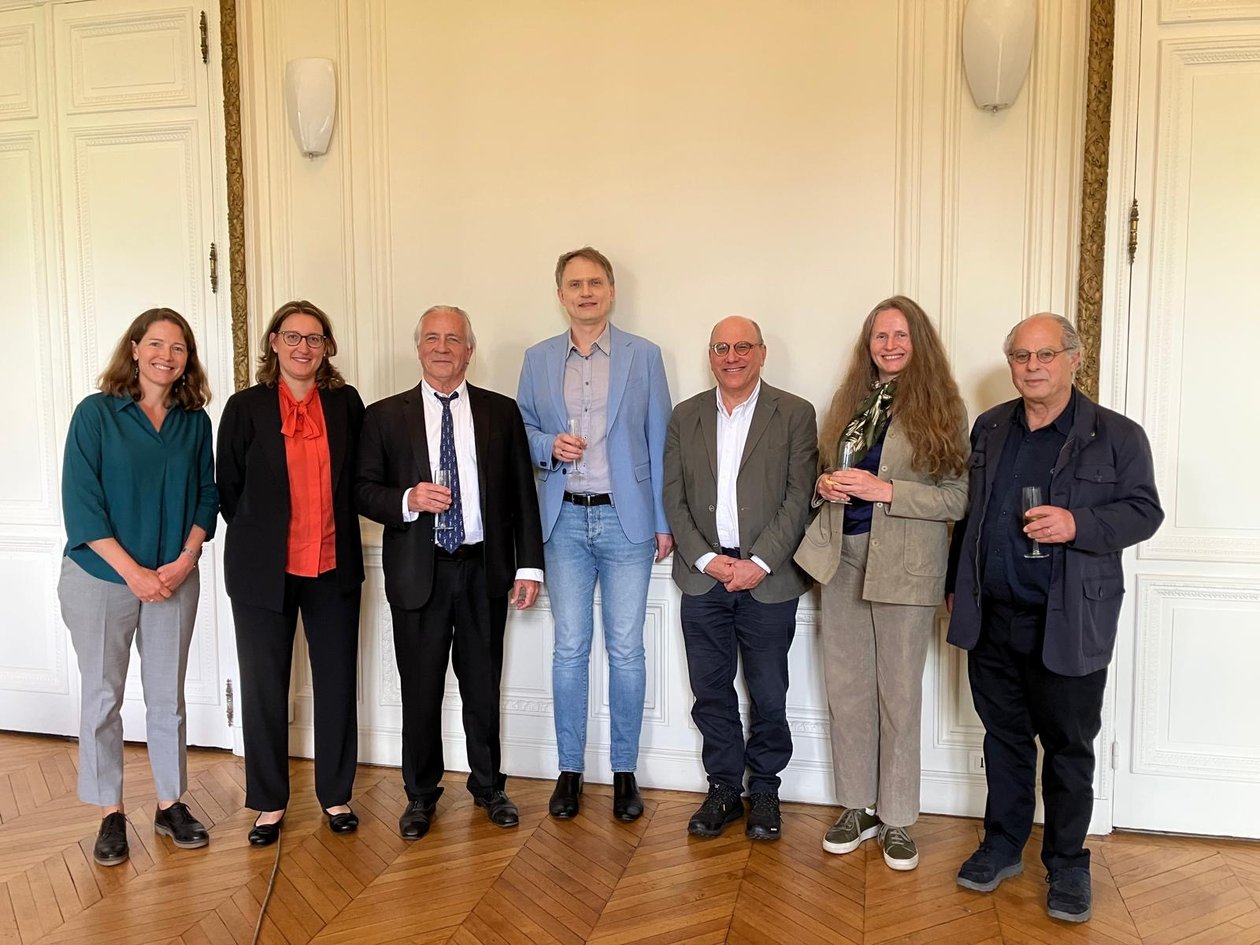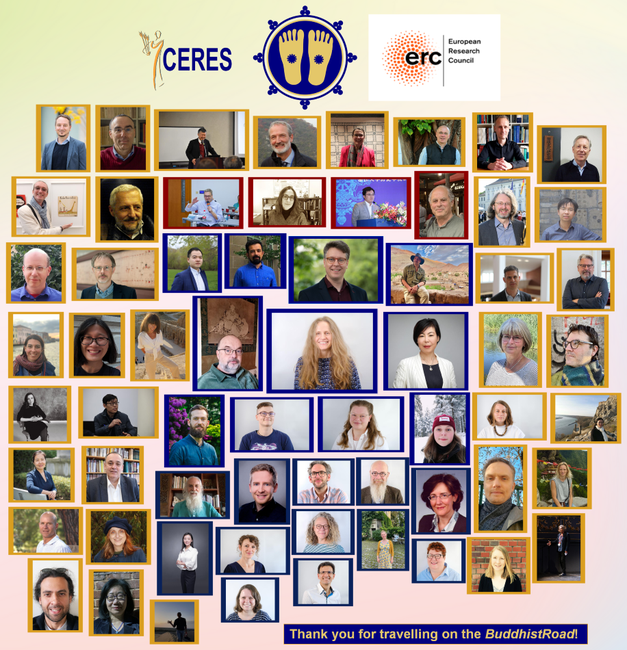Home
The ERC funded research project BuddhistRoad creates a new framework to enable understanding of the complexities in the dynamics of cultural encounter and religious transfer in pre-modern Eastern Central Asia and adjacent regions—which was crucial for the spread of Buddhism in and between Tibet and China. This region was the crossroads of ancient civilisations. Its uniqueness was determined by complex dynamics of religious and cultural exchanges gravitating around an ancient communication artery, known as the Silk Road(s). Buddhism was one major factor in this exchange; its transfer predetermined the transfer of adjacent aspects of culture.



The religious exchange involved a variety of cultures and civilisations, which were modified and shaped by their adoption of Buddhism. The spread of Buddhism overrode the ethnic and linguistic boundaries in Eastern Central Asia and adjacent Tibetan and Chinese regions creating a civilisational whole, which despite its diversity, shared a set of common ideas originating from Buddhism. One specific aspect of this process in Eastern Central Asia and adjacent regions was the rise of the local forms of Buddhism. The project investigates such Buddhist localisations between the 6th–14th centuries in the larger context of the spread of Buddhism in pre-modern Asia by looking at this region as an integrated whole rather than from the perspective of fragmented sub-disciplines (such as Dunhuang Studies, Turfan Studies, etc.) As a scholar with over 20 years research background in Buddhist Studies, at the Tibetan-Chinese interface, principal investigator Carmen Meinert is recognised as an expert in the field.
The team of the research project creates a new trans-regional and trans-cultural vision of the religious transfer in Eastern Central Asian history and reconstructs this Buddhist network with its entities and relations with the approach of “connected histories” or “histoire croisée”. It incorporates the fascinating, but as yet under-researched field of Eastern Central Asian Buddhism with its impact on Tibetan and Chinese Buddhist culture into a broader research agenda of Comparative Religious Studies. It establishes a new research approach by bringing together many research fields and agendas (such as Philology, Tibetan Studies, Sinology, Turkology, Buddhist Studies, Art History, Archaeology, Religious Studies) into one synthesising narrative based on a unique perspective, in which, religious exchange in Eastern Central Asia and beyond is analysed as a dynamic network emerging in its spatial and temporal aspects. For the first time the multi-layered relationships between the trans-regional Buddhist traditions (Chinese, Indian, Tibetan) and those based on local Buddhist cultures (Khotanese, Uyghur, Tangut) are explored in a systematic way. The project thereby opens a new understanding of the early spread of Buddhism in Tibet.


